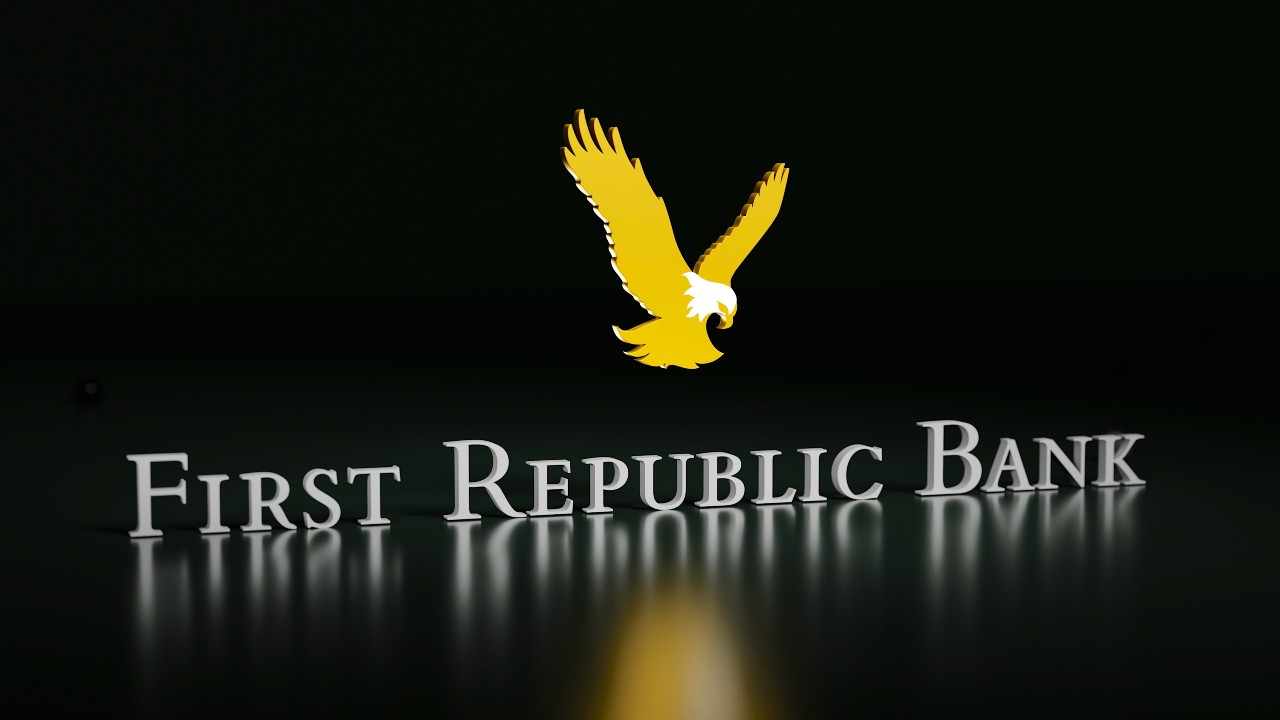First Republic awaits bidders as FDIC deadline inches closer
First Republic — According to sources close to the situation, federal regulators are holding an auction for regional bank First Republic.
According to the source, the final bids for First Republic Bank are due at 4 pm on Sunday.
The auction
The auction will be handled by the Federal Deposit Insurance Corporation, the independent government agency that insures bank customers’ deposits.
A decision regarding a buyer for First Republic is likely going to be announced on Sunday evening.
As the market continues to endure stress, government officials typically try to announce solutions before global markets initiate trading.
Some Asian markets are usually scheduled to start trading at 8 pm on Sundays.
The bank’s shares
First Republic shares took a sharp decline, going from $122.50 on March 1 to around $3 a share last Friday.
There were expectations that the FDIC would get involved by the end of the day and take control over the San Francisco-based bank, along with its deposits and assets.
However, the move never materialized.
The FDIC already did something similar with two other banks in March, Silicon Valley Bank and Signature Bank.
The takeover occurred when runs on the two banks by their customers left lenders unable to make up for customer demands for withdrawals.
Potential buyers
In another report, The Wall Street Journal pegged JPMorgan Chase and PNC Financial among the prominent banks bidding on First Republic.
The reported bids are part of a potential deal that would follow an FDIC takeover of the regional bank.
“We are engaged in discussions with multiple parties about our strategic options while continuing to serve our clients,” said First Republic on Friday night.
If a buyer should come by for the regional bank, the FDIC would be stuck with money-losing assets.
The same thing had happened after it found buyers for viable portions of SVB and Signature after the FDIC took control of the banks.
Similar instances
During the financial crisis in 2008, which sparked the Great Recession, several shotgun marriages occurred under the arrangement of regulators.
They didn’t want significant banks to fall into the hands of the FDIC before it was sold.
For example, JPMorgan bought Bear Stearns for a fraction of its initial value in March 2008.
In September that year, it bought savings and loan firm Washington Mutual.
Bank of America later bought Merrill Lynch.
The downfall of Washington Mutual in 2008 was the largest bank failure in the history of the United States.
First Republic, a regional bank more prominent than Silicon Valley Bank or Signature Bank, is the second largest failure.
Read also: Banks to be pitched to save First Republic with urgency
Not enough lifeline
Following the collapse of SVB and Signature in March, First Republic received a lifeline of $30 billion.
It came in the form of deposits from several of the largest banks in the United States.
They all came together after the intervention of Treasury Secretary Janet Yellen.
The banks that provided the lifeline include:
- JPMorgan Chase
- Bank of America
- Wells Fargo
- Citigroup
- Truist
The banks agreed to take the risk and collaborate to keep cash flowing in First Republic, hoping it would provide confidence in the country’s failing banking system.
The banks and federal government wanted to reduce chances of other banks suddenly starting a mass withdrawal of their cash.
Although the cash helped First Republic get through the last six weeks, the regional bank’s quarterly financial reports were less than enthusiastic.
The disclosure of massive withdrawals by the end of March led to new concerns regarding its long-term viability.
Shaky depositors
First Republic’s financial reports showed depositors withdraw over 41% of their money from the bank over the first quarter.
Most withdrawals were from accounts that had more than $250,000, suggesting the excess funds weren’t insured by the FDIC.
Uninsured deposits at the bank dropped by $100 billion throughout the first quarter, a period that saw total net deposits dropping by $102 billion, excluding the infusion of deposits from other banks.
The uninsured deposits were at 68% of its total deposits around December 31, but only 27% of its non-bank deposits by March 31.
In First Republic’s earnings statement, the bank said insured deposits dropped moderately over the quarter and remained stable from the end of March until April 21.
Banks don’t have all the cash on hand to cover all deposits.
Instead, they take in deposits and use the cash to make loans or investments like buying US Treasuries.
When customers lose confidence in a bank and rush to withdraw their money, typically known as a “run on the bank,” it could cause a profitable bank to collapse.
First Republic’s recent earnings report indicates it was still profitable in the first quarter, with net income at $269 million, down by 33% from 2022.
However, the news of the loss of deposits concerned investors and regulators.
While others who had more than $250,000 in their First Republic accounts were likely wealthy individuals, most were probably businesses that needed the cash to cover daily operating costs.
Companies with 100 employees can easily need more than $250,000 to cover a biweekly payroll.
First Republic’s annual report said that 63% of its total deposits were from business clients with the rest from consumers.



